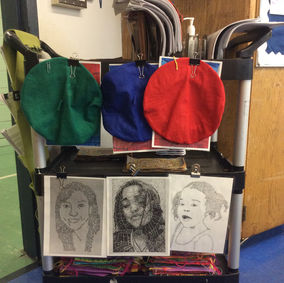
Quarter Four
WE are the CHANGE
WE SEEK.
Recycled Art Project
 |  |  |
|---|---|---|
 |  |  |
 | 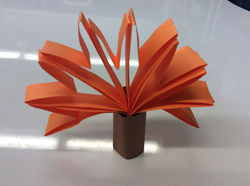 |  |
 |  |  |
 |  |  |
 |  |  |
 |  |  |
 |
EARTH DAY IS EVERY DAY!
What could you create from discarded paper and art materials?
Scholars took this scrap paper that was almost thrown away...
...And turned it into all of these amazing, thoughtful creations!!!

 |  |  |
|---|---|---|
 |  |  |
 |  |  |
Kente Paper Weaving
Enjoy our scholars completed Kente paper weavings below!



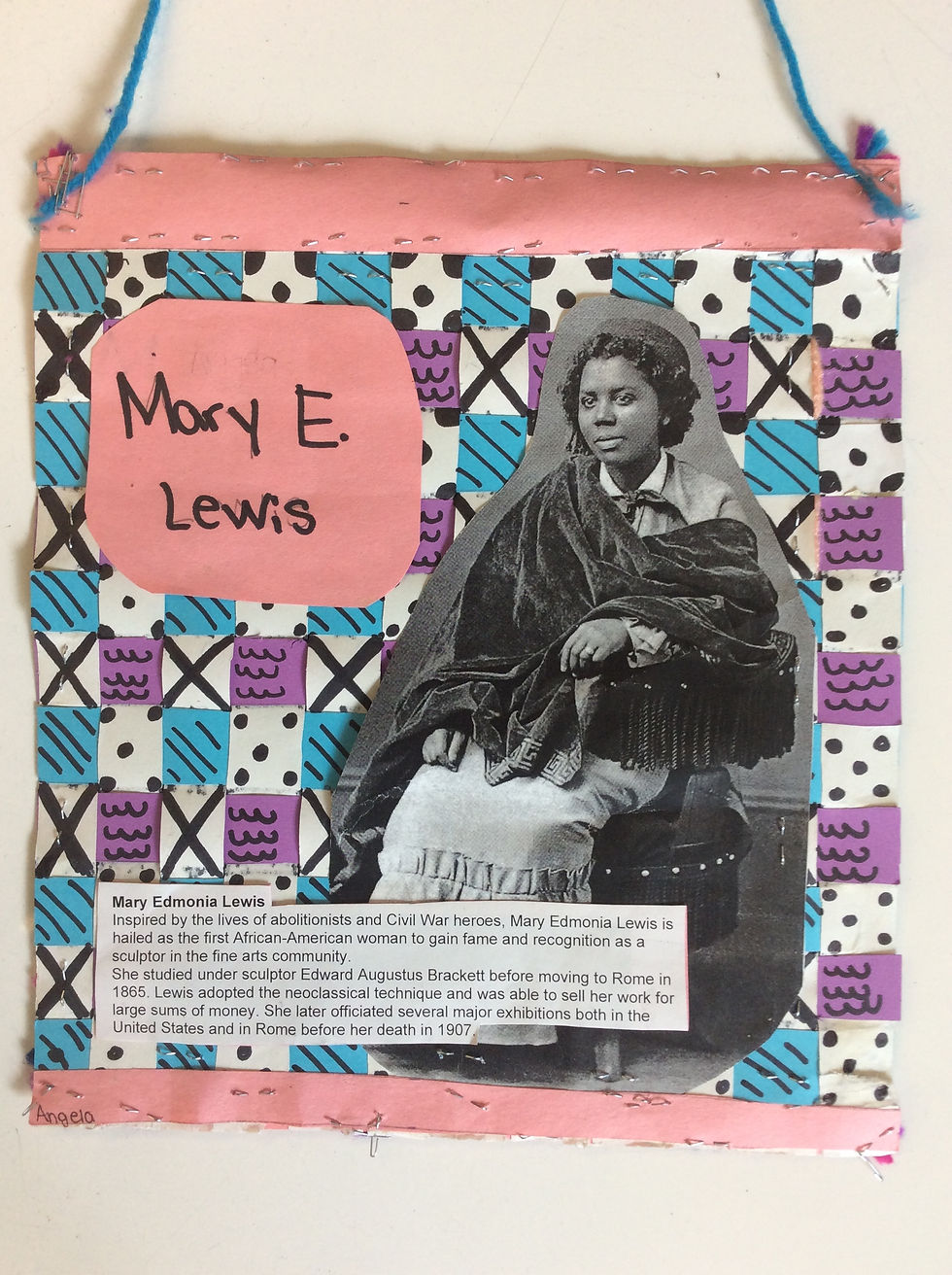
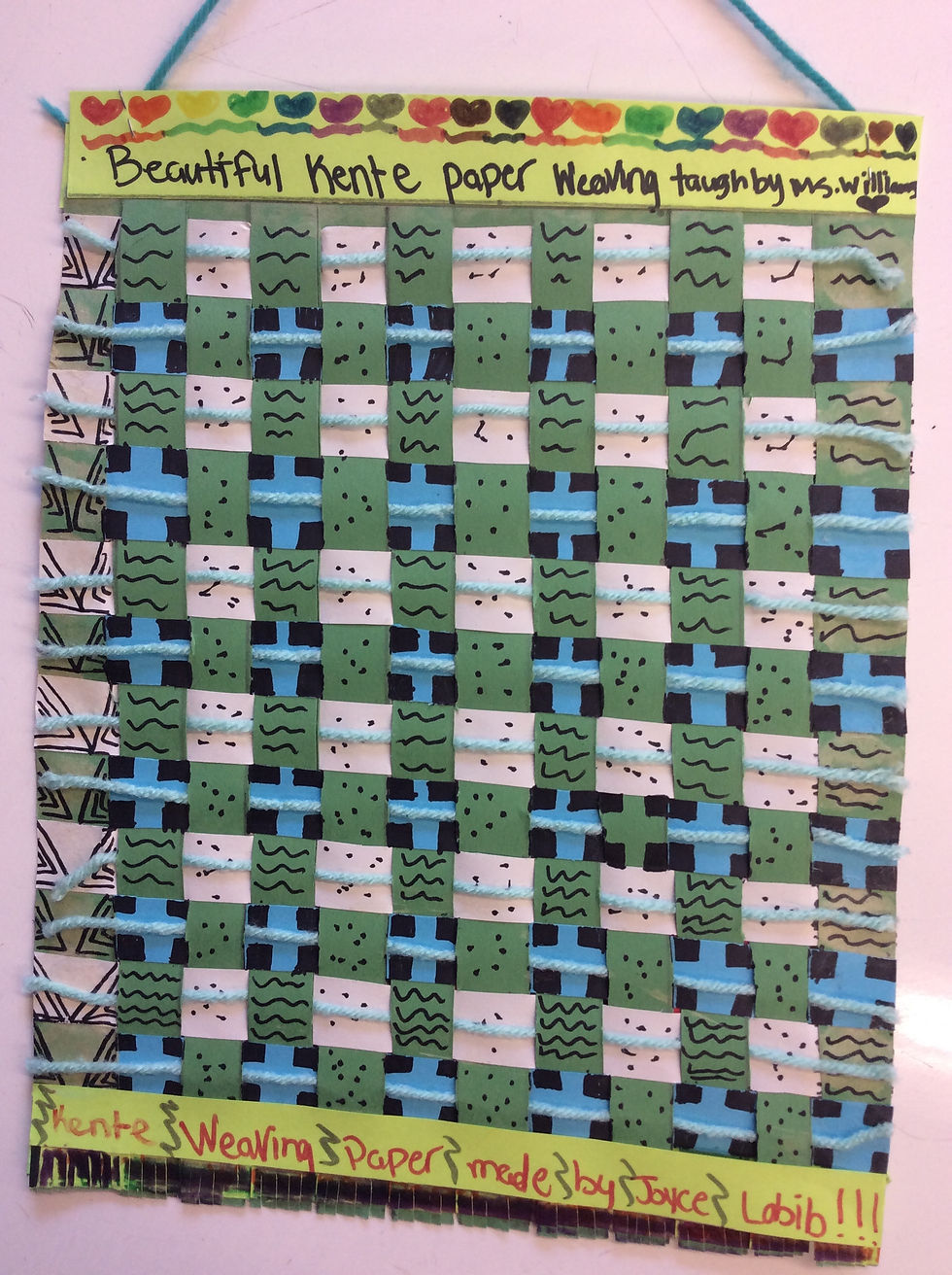
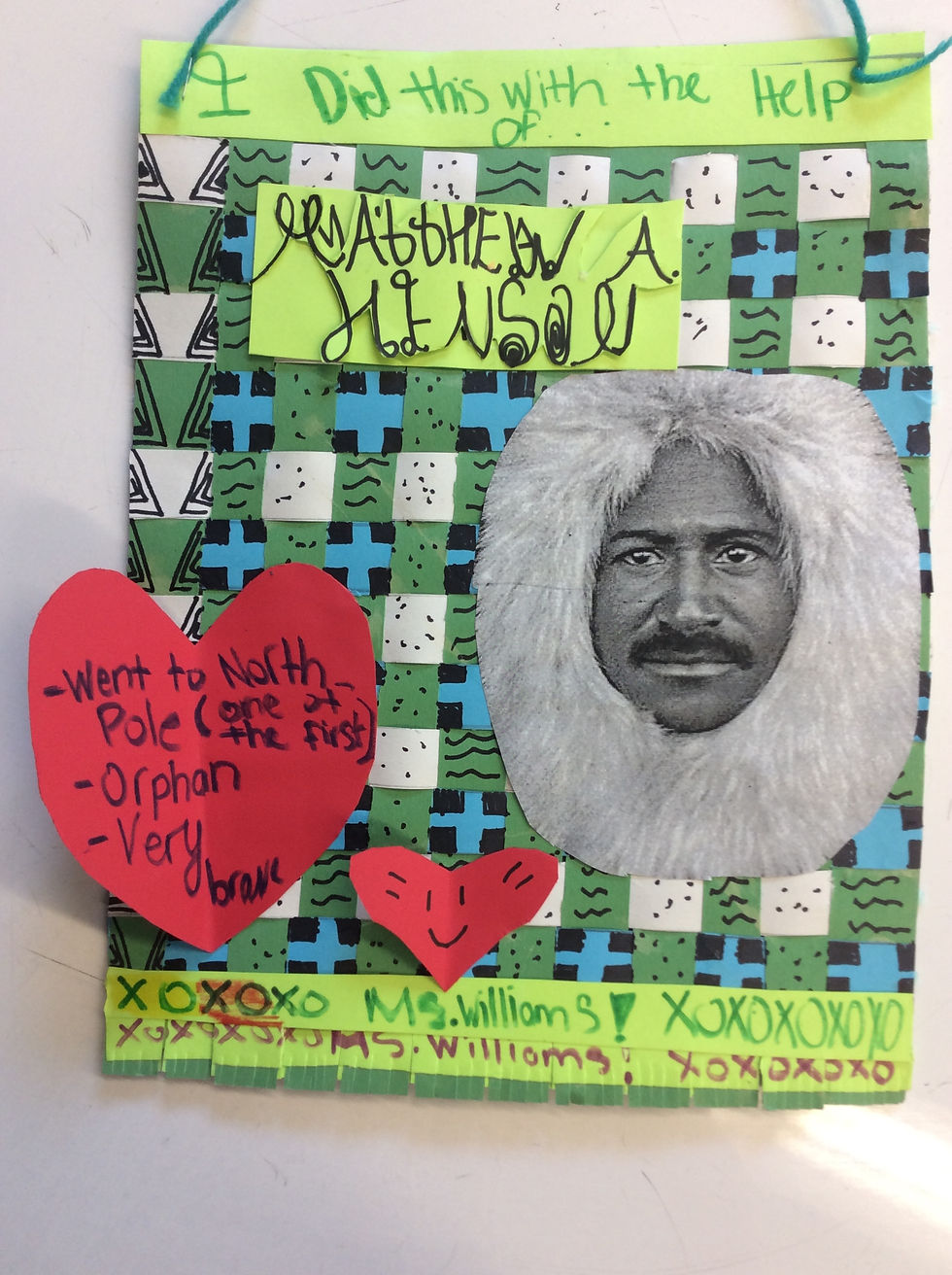


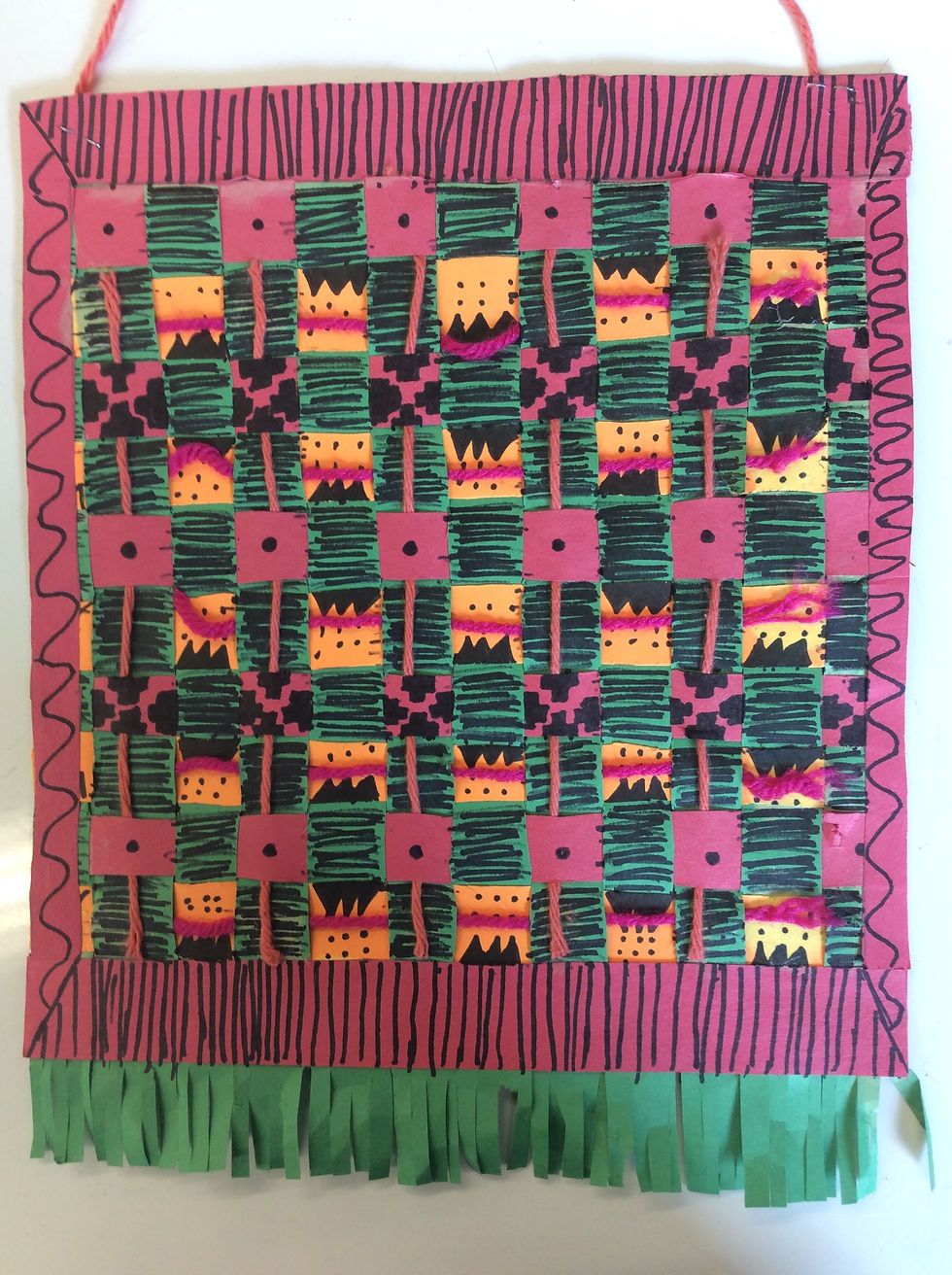
NONFICTION RESEARCH
CIP scholars brought ELA, History, Science, and Art together to create nonfiction research projects on a variety of topics. The presentations were great and the students had so much fun!
Enjoy photos of the day below.
 |  |  |  |  | 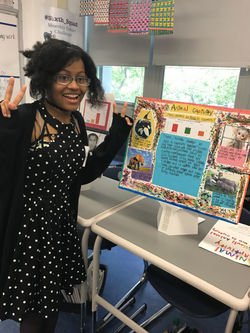 |  |
|---|---|---|---|---|---|---|
 |  |  |  |  |
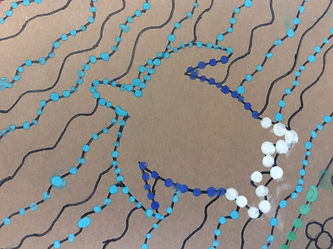
ABORIGINAL
DOT
PAINTING

 Artist: Jennifer (5th Grade) |  Artist: Elizaveta (5th Grade) |  Artist: Vanesa (5th Grade) |  Artist: Natasha (5th Grade) |  Artist: Joyce L. (5th Grade) |  Artist: Jocelyn (5th Grade) |  Artist: Zanaiya B. (5th Grade) |
|---|---|---|---|---|---|---|
 Artist: Isabella (5th Grade) |  Artist: Brianna (5th Grade) |  Artist: Chris R. (5th Grade) | 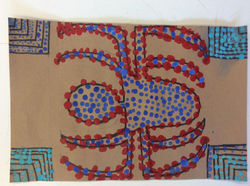 Artist: Jason L. (5th Grade) |  5th grade Artist |  Artist: Stephanie P. (5th Grade) |  Artist: Joseph K. (5th Grade) |
 Artist: Citlali (5th Grade) |  Artist: Joyce W. (5th Grade) |  Artist: June (5th Grade) |  Artist: Dmytro (5th Grade) | 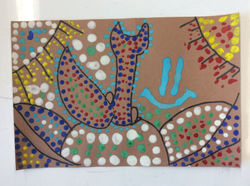 Artist: Sophia (5th Grade) |  Artist: Maria (5th Grade) | 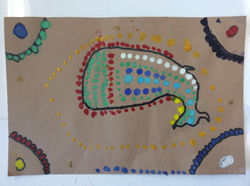 Artist: Jaden (5th Grade) |
 Artist: NIkoloz (5th Grade) | 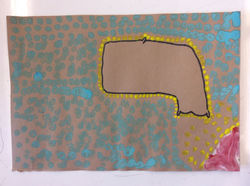 Artist: Kenza (5th Grade) |
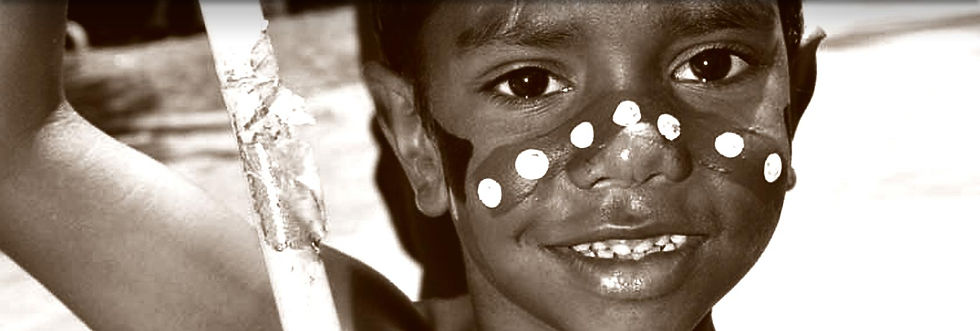
About Aboriginal Dot Painting
Aboriginals are the original inhabitants of the land called Australia. Aboriginals have been in Australia since the beginning of time, which they call, “Dreamtime”. Aboriginals were among the first Homo Sapiens (human species) thousands of years ago.
Dot paintings are now internationally recognised as unique and integral to Australian Aboriginal Art.
The simple dot style as well as cross hatching is beautifully aesthetic to the eye, but has a far more hidden meaning and deeper purpose; to disguise the sacred meanings behind the stories in the paintings.
Before Indigenous Australian art was ever put onto canvas the Aboriginal people would smooth over the soil to draw sacred designs which belonged to that particular ceremony.
Body paint was also applied which held meanings connected to sacred rituals. These designs were outlined with circles and encircled with dots.
Uninitiated people never got to see these sacred designs since the soil would be smoothed over again and painted bodies would be washed. This was not possible with paintings.
Aboriginal artists abstracted their paintings to disguise the sacred designs so the real meanings could not be understood by Westerners.
The works were visual reminders of their own being. They painted land that they belonged to and the stories that are associated with those sites. In essence they were painting their identity onto the boards, as a visual assertion of their identity and origins.
OrClays, carbon, kaolin, plants, and roots, properly mixed, are the components traditionally used to obtain all colors of the rainbow. Later acrylic mediums were introduced allowing for more vivid colourful paintings.
Aboriginal artworks painted in acrylic represent a beautiful blend of traditional and contemporary. The dot technique gives the painting an almost 3D effect and a sense of movement and rhythm.
Many people comment that the paintings look alive and that they literally seem to jump out at you. The flat canvas comes to life with energy and vivacity just like the dreamings and rituals that inspired them.
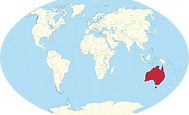
THE ART CART
